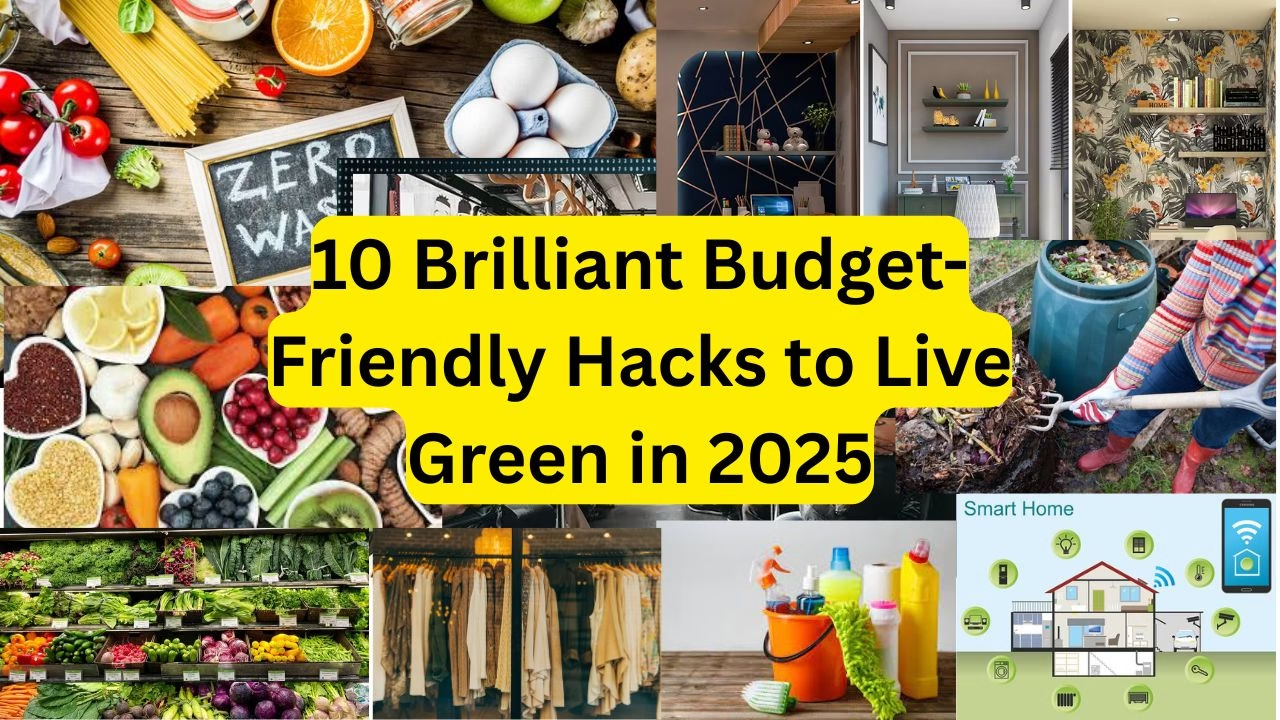10 Budget Friendly Hacks to Live Green in 2025: Sustainable Living Without Breaking the Bank
Sustainable Living 2025 : 10 Brilliant Budget Hacks In 2025, living sustainably doesn’t mean emptying your wallet. With economic uncertainty lingering and climate concerns at an all-time high, more people—millennials, Gen X, families, and budget shoppers—are searching for ways to embrace eco-friendly habits without sacrificing financial stability. The good news? Green living and frugality go hand in hand when you know the right hacks.
This guide dives into 10 budget hacks to live green in 2025, offering practical, actionable tips to reduce your environmental footprint while saving money. Whether you’re a city-dwelling millennial, a suburban Gen X parent, or an eco-conscious minimalist, these strategies are designed to fit your lifestyle and wallet. From energy-saving tricks to zero-waste swaps, we’ve got you covered with ideas that are easy to implement and impactful for the planet.
Ready to make 2025 your greenest, most budget-friendly year yet? Let’s dive in!
Why Green Living on a Budget Matters in 2025 – Sustainable Living 2025 : 10 Brilliant Budget Hacks
Before we jump into the hacks, let’s talk about why sustainable, budget-friendly living is trending. According to recent data, searches for “sustainable living” have surged by 25% year-over-year, while “save money” queries remain a top priority for 68% of online users. Economic pressures, coupled with growing awareness of climate change, have pushed people to seek solutions that align their values with their bank accounts.
Living green on a budget isn’t just about cutting costs—it’s about making intentional choices that benefit you, your community, and the planet. Plus, eco-friendly habits often lead to long-term savings, from lower utility bills to reduced spending on single-use products. These hacks will show you how to embrace sustainability without the premium price tag often associated with “green” products.
Hack #1: Shop Second-hand for Eco-Friendly Fashion
Why It Works: The fashion industry is one of the planet’s biggest polluters, contributing 10% of global carbon emissions. Buying second-hand reduces demand for fast fashion, keeps clothes out of landfills, and saves you a fortune Sustainable Living 2025 : 10 Brilliant Budget Hacks.

How to Do It:
- Thrift Stores and Consignment Shops: Visit local thrift stores or consignment boutiques for high-quality clothing at a fraction of retail prices. In 2025, thrift shopping is mainstream, with millennials and Gen X leading the charge Save money sustainable living.
- Online Platforms: Apps like Poshmark, Depop, and ThredUp offer curated secondhand finds. Filter by size, style, or brand to score deals on sustainable brands like Patagonia or Reformation for under $20 Save money sustainable living.
- Clothing Swaps: Host a clothing swap with friends or join community events. You’ll refresh your wardrobe for free while promoting circular fashion.
Budget Impact: A new fast-fashion outfit might cost $50–$100, but secondhand pieces average $5–$20. You could save $500+ annually by thrifting half your wardrobe.
Green Impact: By buying secondhand, you reduce textile waste and cut your carbon footprint by up to 80% per garment.
Pro Tip: Look for versatile, timeless pieces like denim jackets or neutral sweaters to maximize wearability. Follow thrift influencers on social media for styling inspiration.
Hack #2: DIY Cleaning Products for a Toxin-Free Home
Why It Works: Commercial cleaning products often contain harmful chemicals that pollute indoor air and waterways. Making your own cleaners is cheaper, safer, and just as effective Sustainable Living 2025 : 10 Brilliant Budget Hacks.
How to Do It:
- All-Purpose Cleaner: Mix 1 cup water, 1 cup white vinegar, and 10 drops of essential oil (like lavender or tea tree) in a reusable spray bottle. Total cost: ~$2 for months of use.
- Scouring Scrub: Combine ½ cup baking soda with a splash of dish soap for a powerful, non-toxic scrub for sinks and tubs. Cost: ~$0.50 per batch.
- Glass Cleaner: Use a 1:1 mix of water and rubbing alcohol with a dash of vinegar. Cost: ~$1 for a large bottle Save money sustainable living.
Budget Impact: Store-bought cleaners cost $5–$15 each, while DIY versions cost pennies per batch. You could save $100+ yearly.
Green Impact: DIY cleaners reduce plastic waste and prevent toxic chemicals from entering water systems, protecting aquatic life.
Pro Tip: Reuse old spray bottles or mason jars to store your cleaners, and buy ingredients in bulk to save even more. Check Pinterest for creative recipes tailored to your cleaning needs.
Hack #3: Embrace Plant-Based Meals on a Budget
Why It Works: Meat and dairy production contribute 14.5% of global greenhouse gas emissions. Plant-based meals are not only eco-friendly but also cheaper when done right Sustainable Living 2025 : 10 Brilliant Budget Hacks Save money sustainable living.
How to Do It:
- Shop Smart: Buy staples like lentils, beans, rice, and seasonal vegetables in bulk from discount grocers or farmers’ markets. A 1-pound bag of lentils (~$2) yields 6–8 servings.
- Meal Prep: Plan weekly meals around versatile recipes like veggie stir-fries, lentil soups, or chickpea curries. Batch-cook to save time and energy.
- Grow Your Own Herbs: Start a windowsill herb garden with basil, cilantro, or mint. Seeds cost $1–$3 and provide months of fresh flavor.
Budget Impact: A plant-based meal costs $1–$3 per serving compared to $5–$10 for meat-heavy dishes. Switching to three plant-based dinners weekly could save $500+ annually.
Green Impact: Cutting meat consumption by 50% reduces your carbon footprint by up to 1 ton of CO2 per year.
Pro Tip: Follow budget-friendly vegan creators on YouTube for recipes that maximize flavor without pricey ingredients. Apps like Mealime offer free plant-based meal plans tailored to your budget.
Hack #4: Save Energy with Smart Home Upgrades
Why It Works: Energy consumption accounts for 60% of household carbon emissions. Small, affordable upgrades can slash your utility bills and environmental impact Sustainable Living 2025 : 10 Brilliant Budget Hacks Save money sustainable living.
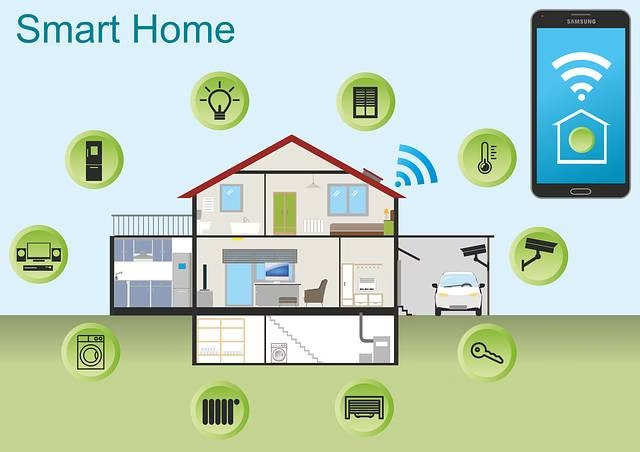
How to Do It:
- LED Bulbs: Replace incandescent bulbs with LEDs, which use 75% less energy and last 25 times longer. Cost: $1–$5 per bulb.
- Smart Power Strips: Plug electronics into smart power strips that cut power to idle devices. Cost: $15–$30 for a quality model.
- Thermostat Tweaks: Lower your thermostat by 1–2°C in winter and raise it in summer. Use a programmable thermostat (~$25) to automate savings.
Budget Impact: LEDs and power strips can save $50–$150 on annual electricity bills, while thermostat adjustments save $10–$20 monthly.
Green Impact: Reducing energy use by 10% cuts your household’s CO2 emissions by 0.5 tons annually.
Pro Tip: Check with your utility provider for rebates on energy-efficient upgrades. Many offer free or discounted LEDs and thermostats in 2025.
Hack #5: Master the Art of Zero-Waste Grocery Shopping
Why It Works: Food waste generates 8% of global emissions, and single-use packaging clogs landfills. Zero-waste shopping saves money and reduces waste Sustainable Living 2025 : 10 Brilliant Budget Hacks Save money sustainable living.
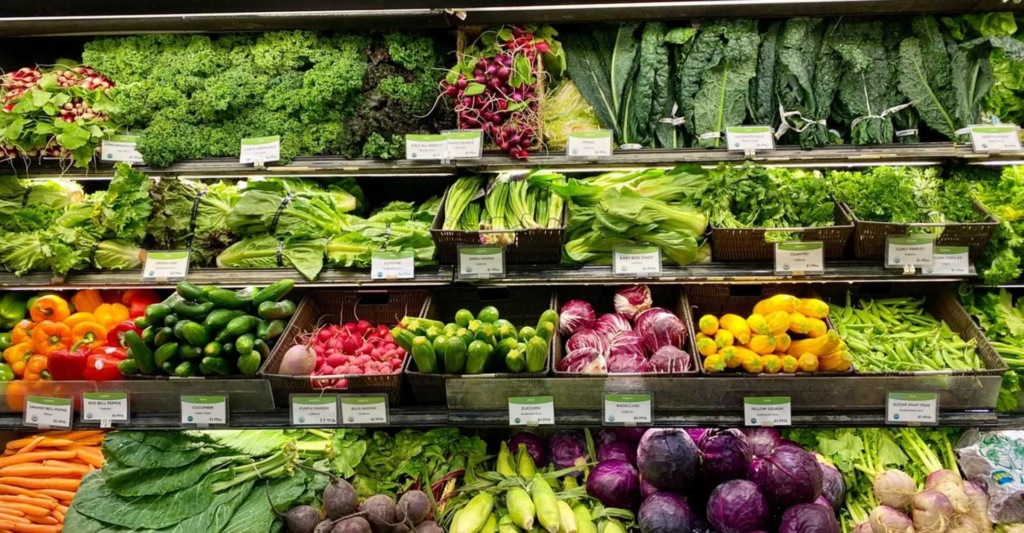
How to Do It:
- Bring Your Own Bags and Containers: Use reusable totes, produce bags, and glass jars for bulk items like grains, nuts, or spices. Cost: $5–$15 for a starter set.
- Shop the Bulk Aisle: Buy only what you need from bulk bins to avoid overbuying. Compare prices to pre-packaged goods—bulk is often 20–50% cheaper.
- Plan to Avoid Waste: Create a weekly shopping list based on your meal plan to prevent impulse buys and food spoilage.
Budget Impact: Zero-waste shopping can cut grocery bills by 10–20%, saving $200–$500 yearly for a family of four.
Green Impact: Reducing food waste by 50% and avoiding single-use plastics saves 0.3 tons of CO2 per household annually.
Pro Tip: Find zero-waste stores or co-ops near you using apps like Zero Waste Home. Follow #ZeroWaste on social media for community tips and inspiration.
Hack #6: Repurpose Household Items for a Minimalist Home
Why It Works: Minimalism and sustainability go hand in hand. Repurposing items reduces waste, declutters your space, and saves money on decor Sustainable Living 2025 : 10 Brilliant Budget Hacks.

How to Do It:
- Mason Jar Storage: Use old jars for pantry organization, bathroom storage, or as planters. Cost: Free if you recycle jars from food purchases.
- Furniture Upcycling: Sand and repaint old furniture or turn wooden crates into shelves. Basic supplies cost $10–$20.
- Fabric Scraps: Turn worn-out clothes into rags, quilts, or reusable gift wrap. Cost: Free with basic sewing skills.
Budget Impact: Repurposing saves $100–$500 yearly on storage solutions and decor compared to buying new.
Green Impact: Keeping items out of landfills reduces methane emissions and conserves resources needed for new products.
Pro Tip: Browse DIY blogs or TikTok for creative repurposing ideas. Start small with one project to build confidence.
Hack #7: Use Public Transit or Carpool to Cut Emissions
Why It Works: Transportation accounts for 29% of U.S. greenhouse gas emissions. Public transit and carpooling are affordable alternatives to driving solo Sustainable Living 2025 : 10 Brilliant Budget Hacks Save money sustainable living.

How to Do It:
- Public Transit: Invest in a monthly transit pass (~$30–$100, depending on your city) instead of gas and parking fees. Many cities offer discounted passes in 2025.
- Carpooling: Use apps like Waze Carpool or organize rideshares with coworkers. Split fuel costs to save more.
- Bike or Walk: For short trips, opt for biking or walking. A used bike costs $50–$200 and requires minimal maintenance.
Budget Impact: Public transit or carpooling can save $1,000–$3,000 annually compared to owning and maintaining a car.
Green Impact: Switching from driving to transit or carpooling cuts your transport emissions by 50–70%.
Pro Tip: Check for employer-sponsored transit benefits or local bike-share programs to lower costs further.
Hack #8: Start Composting to Reduce Food Waste
Why It Works: Food waste in landfills produces methane, a potent greenhouse gas. Composting turns scraps into nutrient-rich soil for free Sustainable Living 2025 : 10 Brilliant Budget Hacks Save money sustainable living.
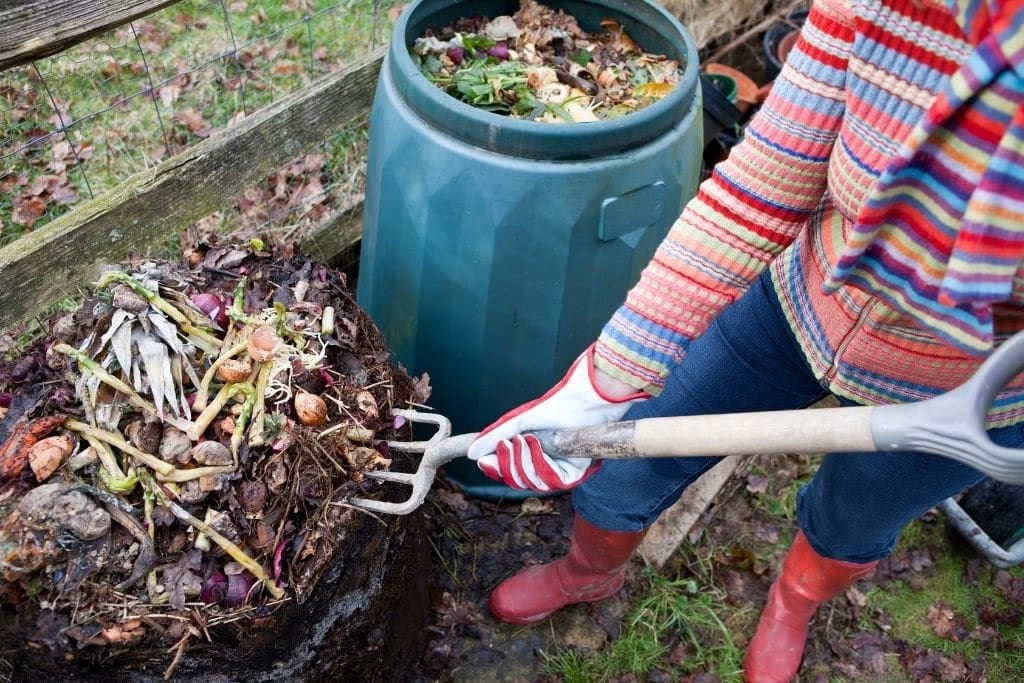
How to Do It:
- Backyard Composting: Build a simple compost bin with a $20 plastic tub or wooden pallets. Add food scraps, yard waste, and dry leaves.
- Indoor Composting: Use a countertop composter (~$30) or vermicomposting bin (~$50) for apartments.
- Community Composting: Join a local compost program if you lack space. Many urban areas offer drop-off sites for free or a small fee.
Budget Impact: Composting reduces trash volume, potentially lowering waste pickup fees. Plus, free compost saves $20–$50 yearly on garden soil.
Green Impact: Composting 50% of your food waste cuts methane emissions equivalent to 0.2 tons of CO2 annually.
Pro Tip: Learn what’s compostable (e.g., vegetable peels, coffee grounds) and what’s not (e.g., meat, oils) to avoid pests. Websites like EPA.gov offer free composting guides.
Hack #9: Switch to Reusable Products for Everyday Needs
Why It Works: Single-use items like paper towels, plastic bottles, and coffee cups create massive waste. Reusable alternatives are cost-effective and eco-friendly Sustainable Living 2025 : 10 Brilliant Budget Hacks Save money sustainable living.
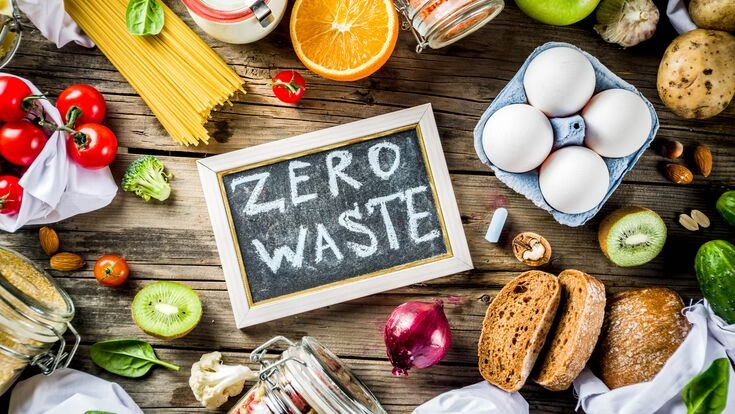
How to Do It:
- Reusable Water Bottles: A $10–$20 stainless steel bottle replaces hundreds of plastic bottles yearly.
- Cloth Napkins and Rags: Sew or buy cloth napkins (~$5 for a set) and use old T-shirts as cleaning rags.
- Menstrual Products: Switch to a menstrual cup (~$25) or reusable pads (~$15). They last years and save $100+ annually.
Budget Impact: Reusable products save $50–$200 yearly by eliminating disposables.
Green Impact: Cutting single-use plastics reduces ocean pollution and landfill waste by up to 100 pounds per person annually.
Pro Tip: Start with one swap (e.g., a reusable coffee cup) to ease into the habit. Look for deals on reusable products during holiday sales.
Hack #10: Educate Yourself and Others for Free
Why It Works: Knowledge is power in sustainable living. Free resources help you stay informed and inspire others without spending a dime Sustainable Living 2025 : 10 Brilliant Budget Hacks Save money sustainable living.
How to Do It:
- Online Courses: Platforms like Coursera or FutureLearn offer free sustainability courses. Topics range from climate science to zero-waste living.
- Podcasts and Blogs: Listen to podcasts like The Sustainable Minimalists or read blogs like Going Zero Waste for practical tips.
- Community Events: Attend free workshops or webinars hosted by local environmental groups or libraries.
Budget Impact: Free education costs $0 but equips you with skills to save money long-term.
Green Impact: Spreading awareness amplifies sustainable practices, creating a ripple effect in your community.
Pro Tip: Share what you learn on social media with hashtags like #SustainableLiving or #EcoFriendly to connect with like-minded people and drive traffic to your own content.
How to Stick to These Hacks in 2025
Adopting new habits can feel overwhelming, so here’s how to make these hacks stick – Sustainable Living 2025 : 10 Brilliant Budget Hacks Save money sustainable living:
- Start Small: Pick 1–2 hacks to try this month, like thrifting or composting, and build from there.
- Track Savings: Use a budgeting app to monitor how much you save with each hack. Seeing the numbers motivates you to keep going.
- Join a Community: Follow eco-conscious creators on Instagram or join local sustainability groups for accountability and inspiration.
- Celebrate Wins: Reward yourself (sustainably!) for milestones, like a month of zero-waste shopping or a $100 utility bill reduction.
EPA’s Guide to Sustainable Living
- URL: https://www.epa.gov/sustainability
- Context: Link to this in a section discussing sustainable lifestyle choices, such as reducing waste or conserving energy.
- Example Anchor Text: “Learn more about sustainable practices from the EPA.”
- Why: The U.S. Environmental Protection Agency offers reliable, science-based tips for eco-conscious living, adding authority to your article.
Conclusion: Your Green, Budget-Friendly Future Starts Now
Living sustainably in 2025 doesn’t require a big budget or a complete lifestyle overhaul. With these 10 budget hacks to live green & Sustainable Living 2025 : 10 Brilliant Budget Hacks, you can save money, reduce your environmental impact, and inspire others to do the same. From thrifting stylish clothes to composting kitchen scraps, each small step adds up to a big difference—for your wallet and the planet.
So, what’s your first hack? Share your plans in the comments below, and let’s make 2025 the year we all live a little greener. For more eco-friendly tips, explore our other guides on minimalist living and sustainable gifting. Together, we can build a brighter, more sustainable future—without breaking the bank.
For More Articles Visit Website
For more job updates, technology news other articles visit website click here

